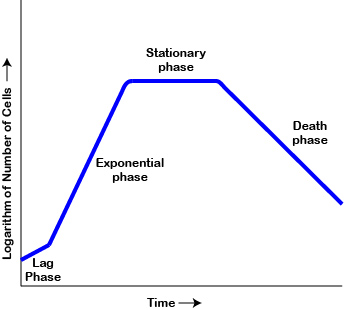
Fig. 3: The Standard Bacterial Growth Curve

1. The lag phase During the lag phase growth is relatively flat and the population appears either not to be growing or growing quite slowly. During this phase the newly inoculated cells are adapting to their new environment and synthesizing the molecules they will need in order to grow rapidly.
2. The exponential growth phase (also called the logarithmic or log phase) This is the phase where the population increases geometrically as long as there is sufficient food and space for growth.
3. The stationary growth phase Here the population grows slowly or stops growing because of decreasing food, increasing waste, and lack of space. The rate of replication is balanced out by the rate of inhibition or death.
4. The death phase Here the population dies exponentially from the accumulation of waste products, although the rate of death depends on the degree of toxicity and the resistance of the species and viable cells may remain for weeks to months.
Illustration of The Standard Bacterial Growth Curve .jpg by Gary E. Kaiser, Ph.D.
Professor of Microbiology,
The Community College of Baltimore County, Catonsville Campus
This work is licensed under a Creative Commons Attribution 4.0 International License.
Based on a work at https://cwoer.ccbcmd.edu/science/microbiology/index_gos.html.
Last updated: Feb., 2021
Please send comments and inquiries to Dr.
Gary Kaiser